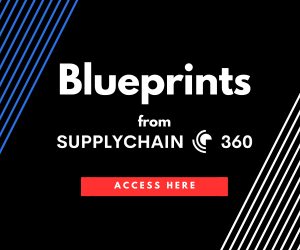Discover how Natural Language Processing (NLP), a subset of artificial intelligence, is making waves in inventory management by providing actionable insights and automating processes.
The Emergence of NLP in Inventory Oversight
Natural Language Processing (NLP), while a branch of artificial intelligence (AI) that has been around since the 1950s, has only recently begun to significantly impact the business world. Its integration with deep learning (DL) has elevated NLP from a niche technology to a critical tool for businesses, particularly in inventory management. Unlike the more commonly discussed AI and machine learning (ML), NLP focuses on interpreting and understanding human language, a capability that is now enhancing the way companies manage their inventory.
NLP’s Role in Streamlining Inventory Processes
NLP’s ability to process human language allows for a more intuitive interaction with inventory management systems. Employees across various departments can now utilize NLP to gain insights into inventory levels, anticipate supply needs, and make informed decisions. This technology sifts through existing data, whether internally generated or from external sources, to provide a comprehensive view of inventory management, leading to more engaged teams and a competitive edge.
Enhancing Operational Efficiency with NLP
The daily influx of data through communications such as emails, invoices, and reports holds untapped potential for operational efficiency. NLP can extract pertinent information from this data, offering insights that can refine inventory management and supply chain operations. By enabling complex queries and delivering straightforward answers, NLP empowers employees to make decisions based on solid data.
Automating Inventory Management with NLP
NLP excels in interpreting vast amounts of unstructured data, automating the extraction of valuable insights for inventory management. It can analyze communications, reports, and social media to provide real-time updates on stock levels, supply chain dynamics, and potential workforce issues, allowing for proactive adjustments to market fluctuations.
Predictive Power: NLP for Demand Forecasting
Forecasting demand becomes more accurate with NLP’s analysis of diverse data sources, including market trends, historical data, and customer feedback. By integrating NLP with ML, businesses can anticipate consumer needs and adjust inventory accordingly, avoiding overstocking and optimizing production.
Streamlining Supplier Communication with NLP
NLP can also automate and enhance supplier interactions by analyzing communications and identifying trends or potential disruptions. Sentiment analysis and predictive analytics help maintain supply chain continuity and manage risks, ensuring responsive and effective supplier relationships.
Scaling NLP for Wider Inventory Insight
To fully leverage NLP, businesses must expand their data processing capabilities and integrate NLP with existing systems like ERP and CRM software. Automating inventory management tasks will minimize manual labor and allow NLP to manage inventory more efficiently.
NLP, in conjunction with AI, is transforming inventory management by preemptively addressing supply chain challenges. With the right human oversight, it promises to save companies time and money by reducing inefficiencies and enhancing decision-making processes.








